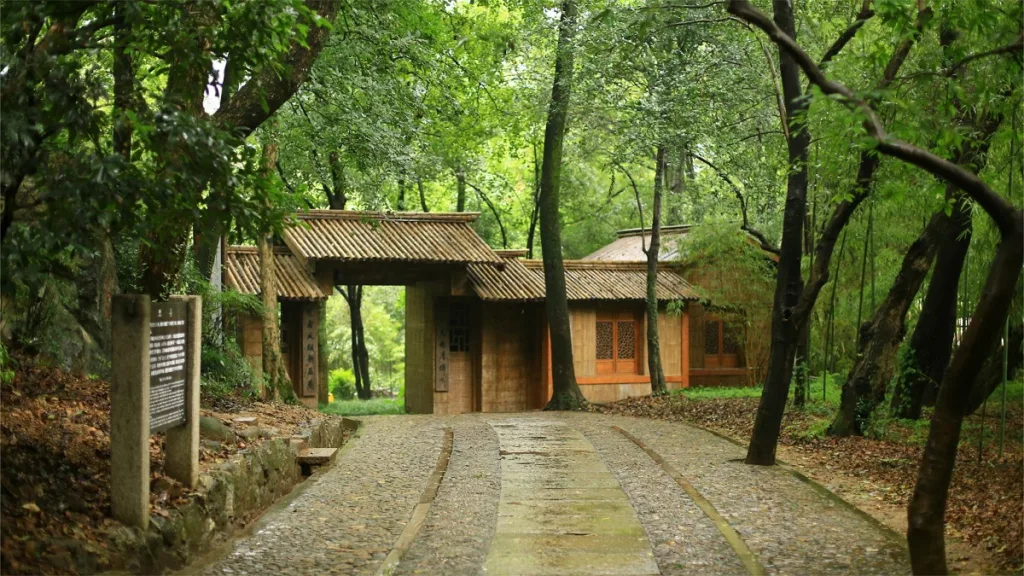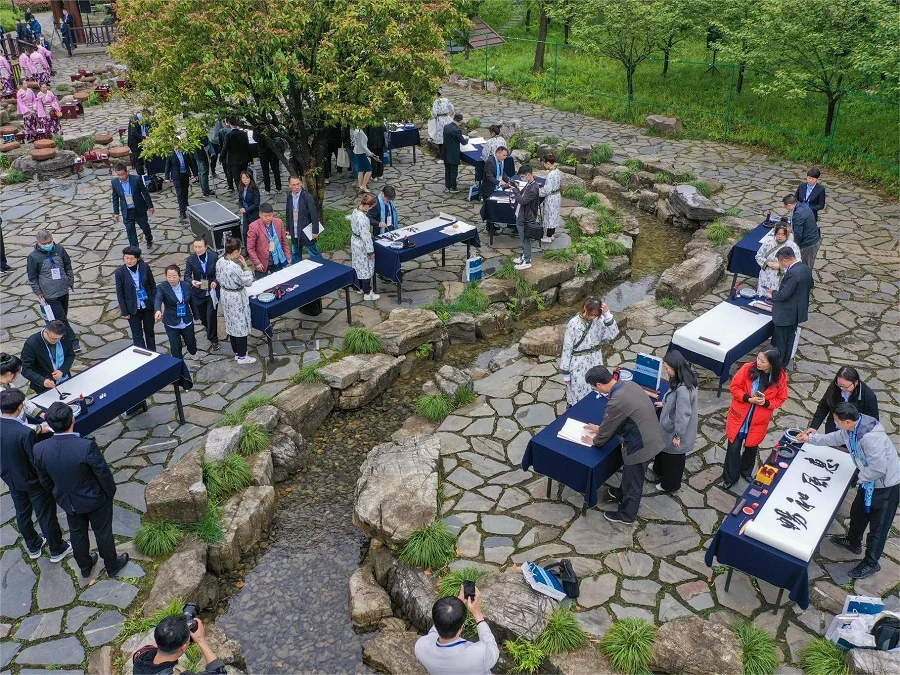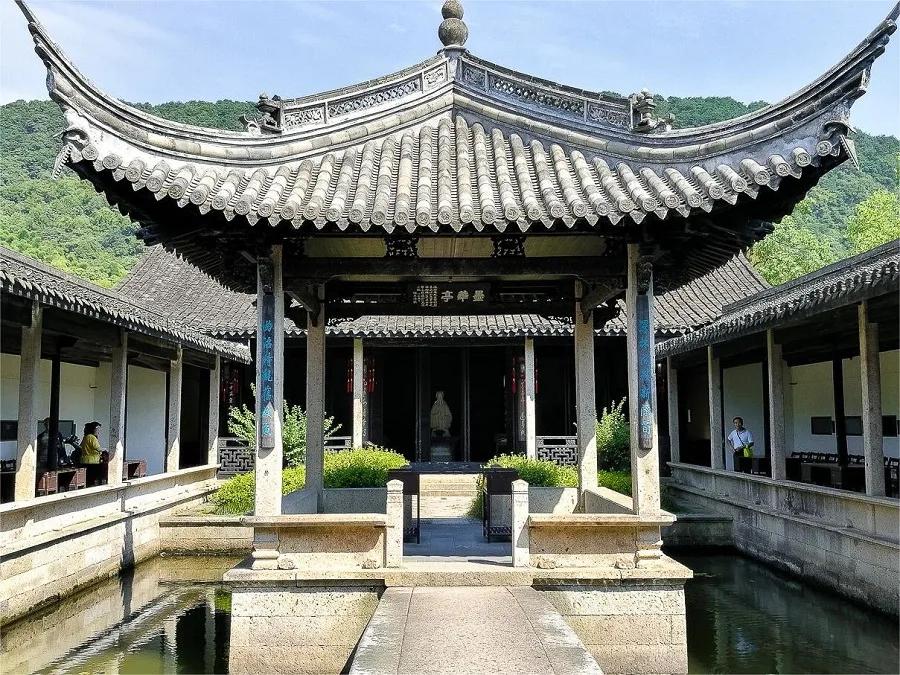Orchid Pavilion (Lanting), Shaoxing – Ticket, Opening Hours, Location, and Highlights


The Orchid Pavilion (兰亭, Lanting) stands as one of the three renowned scenic spots on the outskirts of Shaoxing, alongside Yuling Mausoleum and Donghu Lake. Its fame extends far and wide, primarily due to the masterpiece of calligraphy known as the “Preface to the Poems Composed at the Orchid Pavilion,” authored by the eminent calligrapher of the Eastern Jin Dynasty, Wang Xizhi. In recent decades, its reputation has been further elevated by the continuous hosting of the “Lanting Calligraphy Festival.” Legend has it that during the Spring and Autumn Period, King Goujian of Yue planted orchids here, and in the Han Dynasty, a relay station was established, hence the name Orchid Pavilion. The current location underwent reconstruction in the 27th year of the Jiajing reign (1548 AD) under the supervision of the county magistrate Shen Qi.
Table of Contents
- Basic Information
- Location and Transportation
- Highlights of Orchid Pavilion
- Vlog about Orchid Pavilion
Basic Information
| Estimated Length of Tour | 2 hours |
| Ticket Price | 70 RMB |
| Opening Hours | 8.00 – 17.00 |
| Telephone Number | 0086-0575-85145000 0086-0575-85129863 |
Location and Transportation
Located at the foot of the Lanzhu Mountain, 25 kilometers southwest of Shaoxing City in Zhejiang Province, the Orchid Pavilion sits amidst serene natural surroundings. To get there, you can take bus 3A, 3B, 3, 303A, 303B, 303C, 331A, or 331 and get off at Lanting Scenic Area Stop (兰亭风景区站).
Highlights of Orchid Pavilion
Goose Pond

The Goose Pond (鹅池) is the first attraction encountered within the Orchid Pavilion. Its clear blue waters are inhabited by white geese, echoing the legend of Wang Xizhi’s fondness for geese, his practice of raising poultry, and the association of geese with his calligraphy. A stone-built triangular pavilion, known as the Goose Pond Stele Pavilion, stands by the pond. The stele within dates back to the Qing Dynasty’s Tongzhi era, inscribed with the characters “鹅池.” It is believed that the character “鹅” was penned by Wang Xizhi himself, while “池” was inscribed by his son, Wang Xianzhi, making it a cherished relic known as the “Father and Son Stele.”
Flowing Cups, Floating Wine

“Flowing Cups, Floating Wine” is another renowned attraction within the Orchid Pavilion. In front of the Flowing Cups Pavilion, there is a zigzagging stream with a petrified wood inscribed with the characters “曲水流觞.” This setting evokes the tradition of the drinking game, where a cup filled with wine is placed upstream, flowing downstream on a lotus leaf, and whoever it stops in front of must compose a poem. It was during such a gathering that Wang Xizhi, inspired by the ambiance and wine, famously wrote the “Preface to the Poems Composed at the Orchid Pavilion,” heralded as the finest example of semi-cursive script in the world.
Youjun Shrine and Steles

The Youjun Shrine is a memorial dedicated to Wang Xizhi, surrounded by a lotus pond and built during the Kangxi era. Visitors can admire various imitations of the “Preface to the Poems Composed at the Orchid Pavilion” here. Continuing westward, one encounters the Imperial Stele Pavilion, featuring the full text of the “Preface to the Poems Composed at the Orchid Pavilion” inscribed by Emperor Kangxi on the front, and a poem composed spontaneously by Emperor Qianlong during his visit to the Orchid Pavilion on the back, forming what is known as the Ancestor and Descendant Stele. Behind the Imperial Stele Pavilion are eighteen water basins, where visitors can experience the scene of Wang Xianzhi practicing calligraphy by dipping brushes in water and writing on stone tables. Additionally, to the northwest of the scenic area are the Lanting Calligraphy Museum and the Lanting Inkstone Art Museum, exhibiting numerous calligraphy works and a variety of inkstone artifacts for those interested in delving deeper into the artistry of calligraphy and inkstone carving.
Vlog about Orchid Pavilion
Shaoxing attractions, Zhejiang historical sites